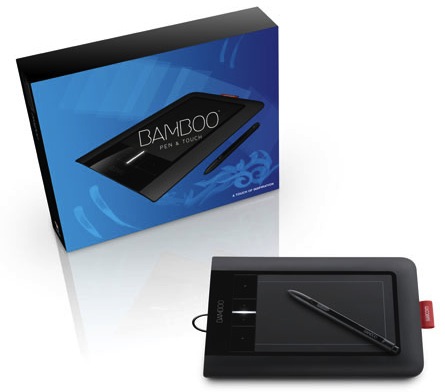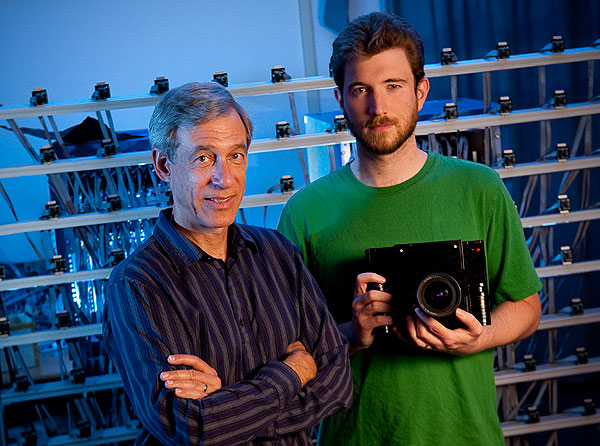
It’s a nice party trick to pull the new Polaroid PoGo out of your purse and start printing out sticky-backed cellphone pictures. And it’s as easy as can be: To go from staring at a closed package to holding a wallet-size photo of my dog and her new Christmas toy took five minutes.
You pop in the rechargeable lithium-ion battery, plug in the charger, slip a 10-pack of special Zink paper into the printer, turn on your phone’s Bluetooth, wait for it to find the camera, select a picture, hit ”send to,” and choose Bluetooth. Thirty seconds later, your picture emerges. You can also print directly from any digital camera by using a USB connection. With the PoGo, Polaroid brings to digital photography the same instant gratification the company has offered for decades. This time, it’s based on a very different sort of chemistry.
Standard printers use print heads to jet pixelated ink patterns onto a blank canvas of paper. By contrast, Zink—Zero Ink—made by Zink Imaging, uses paper filled with color waiting to be activated. The paper’s three layers are each embedded with dye crystals in one of the three basic colors for printing—yellow, magenta, or cyan. A superheated plate inside the camera pulses 200 million times onto the passing material, creating the photo’s pattern.
Like a standard-issue mood ring, the polymer starts out clear and changes colors depending on temperature and length of exposure. Zink’s inventor, onetime Polaroid researcher and erstwhile Harvard physics professor William Vetterling, demonstrated the process with a soldering iron. When he pressed the lukewarm iron onto the paper for a long time, a cyan smudge emerged. But when he dragged a superheated iron along the paper, he left behind a streak of alternating magenta and yellow.
It’s a wonderful technology, but the product itself leaves something to be desired. For one thing, it’s no more convenient than uploading your pics to Snapfish, the Kodak site, or wherever else you get your prints. For another, it’s more a toy than a tool.
A completely unscientific poll revealed that the target audience consists largely of new parents and 13-year-old girls. (Polaroid’s marketers have wisely included the hip, teen-oriented Urban Outfitters chain in their distribution channels.) Essentially, the printer is a viable option for anyone who’s already carrying around a giant bag stuffed full of cosmetics, celebrity magazines, and iPod accessories. For the rest of us, though, the fun lasts for about 10 minutes or 10 pages of printing. After that, the conversation starts to sputter, and it’s time to put the novelty away.
Tragically, although the Zink printing technology is sure to live on, the PoGo is the architect of its own demise. In late November, the Japanese toymaker Tomy unveiled the inevitable marriage of Zink and Tomy’s own 5â¿¿megapixel Xiao camera, which generates a sticker-backed 2â¿¿by-3-inch print exactly as a latterâ¿¿day Polaroid should.
There may still be a market for the printer-only model—the Tomy combo camera-printer lists for a stiff 34 800 yen (US $365.50, at press time). That extra $265 is a hefty sum just to kick up your instant photos from your phone’s camera resolution to 5 megapixels.







 Although the micro display is tiny, it offers a virtual 15in display - the geometry is such that looking at the screen from 2in with some crafty optics is equivalent to viewing a 15in screen on a desktop.
Although the micro display is tiny, it offers a virtual 15in display - the geometry is such that looking at the screen from 2in with some crafty optics is equivalent to viewing a 15in screen on a desktop.







































